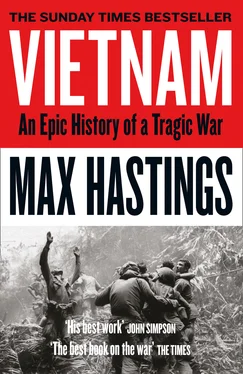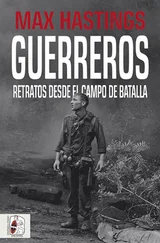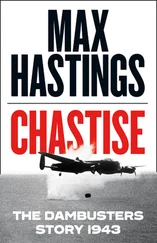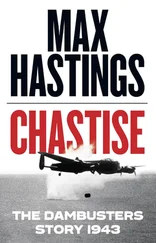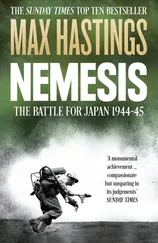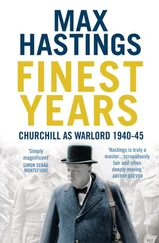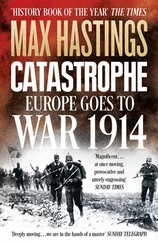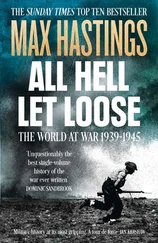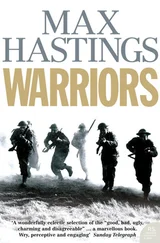In 1961–62 the North Vietnamese saw risks in pushing a new US president too hard: though they increased their commitment in the South, they remained anxious to avoid provoking the Americans to dispatch combat troops. They agonised about whether to enter negotiations, and urged their Southern comrades through COSVN to focus on the political struggle. In one of Le Duan’s ‘letters to the South’, dated 7 February 1961, he acknowledged, ‘We are weaker than the enemy.’ It was important, he said, to emphasise the autonomy of the National Liberation Front, and not allow it to be branded as Hanoi’s tool. It was a contradiction of this period that while North Vietnam gave its Southern comrades far less support than they wanted, on the international stage its leaders’ rhetoric became ever more bellicose: Le Duan was bent upon establishing his credentials as a standard-bearer for worldwide revolution. His stridency antagonised India, to name but one, which no longer viewed North Vietnam as a fellow-crusader against imperialist oppression, but instead as a menace to regional stability.
In 1962, Hanoi at last authorised large numbers of ‘returnees’ – Vietminh who had gone north in 1954 – to head South, where Communist Party membership was once more resurgent. Everywhere the NLF held sway, its cadres laboured to change the habits of centuries. Education programmes challenged Vietnamese fatalism – and the subordination of women. When couples married, the village Party secretary often supplanted the old matchmaker. In primary schools, children were invited to address such problems in arithmetic as ‘There were fifty soldiers in a government post. We attacked it and killed twenty of them. How many were left?’ An occasional nervous voice dared to enquire when the NLF or the Communist Party would provide insecticide, loans, pumps, tractors and animal-breeding advice such as the Saigon regime offered. Cadres assured peasants that all these good things would descend from the North, as soon as the revolution triumphed.
Until 1963 the Vietcong’s main sources of arms were captures from government forces: at the end of 1961 there were reckoned to be only twenty-three thousand serviceable weapons in guerrilla hands. Assassinations required little firepower, however. Between 1957 and 1960 a credible estimate suggested that 1,700 Saigon village and provincial officials were murdered. In 1961 this figure rose to 1,300: beyond the usual eliminations of village chiefs and suchlike, there were high-profile victims, such as a Southern colonel – Saigon’s senior liaison officer with the ICC – snatched and tortured to death. Such killings peaked at two thousand in 1963, then fell to five hundred, because the communists had liquidated most of their accessible local foes. Surviving officials and landlords took care not to place themselves in harm’s way, which meant – much to the detriment of Saigon’s authority – that they physically distanced themselves from the peasantry, taking refuge in towns and cities. The NLF appropriated the lands of those who fled, presenting them to friends of the revolution who thus found themselves with a tangible stake in its success.
Throughout the war American soldiers veered between contempt for ‘the dinks’, ‘the gooks’, as a primitive enemy, and an exaggerated belief in their superhuman skills and powers of endurance. Grunts recalled the old Wild West story about a cavalryman who rode a horse a hundred miles in pursuit of an Apache, then when it dropped shifted his saddle to another animal and kept chasing; meanwhile the Apache doubled back, rode the foundered mount a further hundred miles, then ate it. In reality, the Vietcong’s performance was uneven and sometimes outright clumsy, its units as vulnerable to human frailties as any army in the world. Nam Kinh, a local commander in the delta respected as a tactician but also notoriously harsh, was shot in the back by one of his own men whom he forbade to marry an attractive local widow. Thanh Hai – ‘Blue Ocean’ – a landlord’s son aged around thirty, was one of the most popular VC commanders both for his military skill and his human weaknesses. Hai was repeatedly demoted for drinking and womanising, the latter exemplified by his climbing under the mosquito net of a young conscript’s wife.
One fighter spoke for many when he complained about interminable indoctrination sessions: ‘Talking to me about political matters is like playing a guitar to a water buffalo.’ Some liked propaganda fairy tales, however: a unit in Long An province was led by a woman named Kim Loan, whose husband had been killed by government troops. She became a local folk heroine, imbued with supposedly mystical powers. On one occasion she killed a policeman who tried to arrest her while shopping. On another she fled through the back door of a beauty parlour, and when soldiers scoured a nearby hamlet for her, climbed a tree, changed into a bird and flew. Frank Scotton challenged the old man who told him that story, saying, ‘You can’t really believe that?’ The Vietnamese smiled and responded that while he could not know for sure, ‘she got away, didn’t she?’
Savagery remained the communists’ principal weapon. The Vietcong once entered a village in Lai Cay, denounced twenty inhabitants of both sexes as government spies, beheaded them and threw the bodies in the street, each with a scrap of paper attached, describing their alleged crimes. Elsewhere a hamlet chief was tied to a stake and disembowelled in front of the assembled villagers; his pregnant wife was eviscerated, their children beheaded. Such atrocities were artistically crafted to persuade peasants that the price of resistance to the revolution was much worse than mere death.
Brutality was not confined to one side, of course. Doug Ramsey conducted a survey among students in Long An province and found that between a quarter and half had lost relations to the activities of Saigon’s security forces. In the course of 1962–63, government troops killed 150 inhabitants of a single village in the Mekong delta. Of these, an estimated sixty were associated with the NLF, but the rest were not. Among thousands of political prisoners held in appalling conditions in South Vietnam’s jails and camps, some in a wing of Saigon zoo, there were many innocents. Of legal processes there were none.
Though urban areas remained firmly under government control, in the countryside the guerrilla struggle seesawed, with control of villages and entire regions frequently changing hands. Saigon acquired an arsenal of new weapons and equipment, and sometimes used these effectively. In late August 1962, guided by a defector, Southern troops overran an NLF training base at My Phuoc Tay, killing 150 cadres and trainees; surviving recruits fled back to their villages. American helicopters dramatically increased ARVN tactical mobility, so that they ranged into rural areas where the communists had for years held unchallenged sway. But capability and will were not the same thing: many South Vietnamese units declined to patrol where they might be ambushed, and flinched from pressing firefights. In 1963 the Vietcong began to receive arms shipped in quantity from North Vietnam, including some recoilless rifles and mortars, often landed from the sea, especially in the Mekong delta.
In cities, cadres laboured to prepare the masses for a popular uprising. Children were often used to toss grenades into cafés or markets. Government intelligence remained poor, and communist activists were skilled in concealing their identities. As a VC courier, ten-year-old Truong Mealy was sometimes sent into a town to meet a code-named figure in a restaurant, clutching half a banknote to identify himself to a contact bearing the other half. If he or others of his kind were caught, their knowledge was confined to the first name of their Party teacher. Only senior NLF cadres knew the names of province chiefs.
Читать дальше
